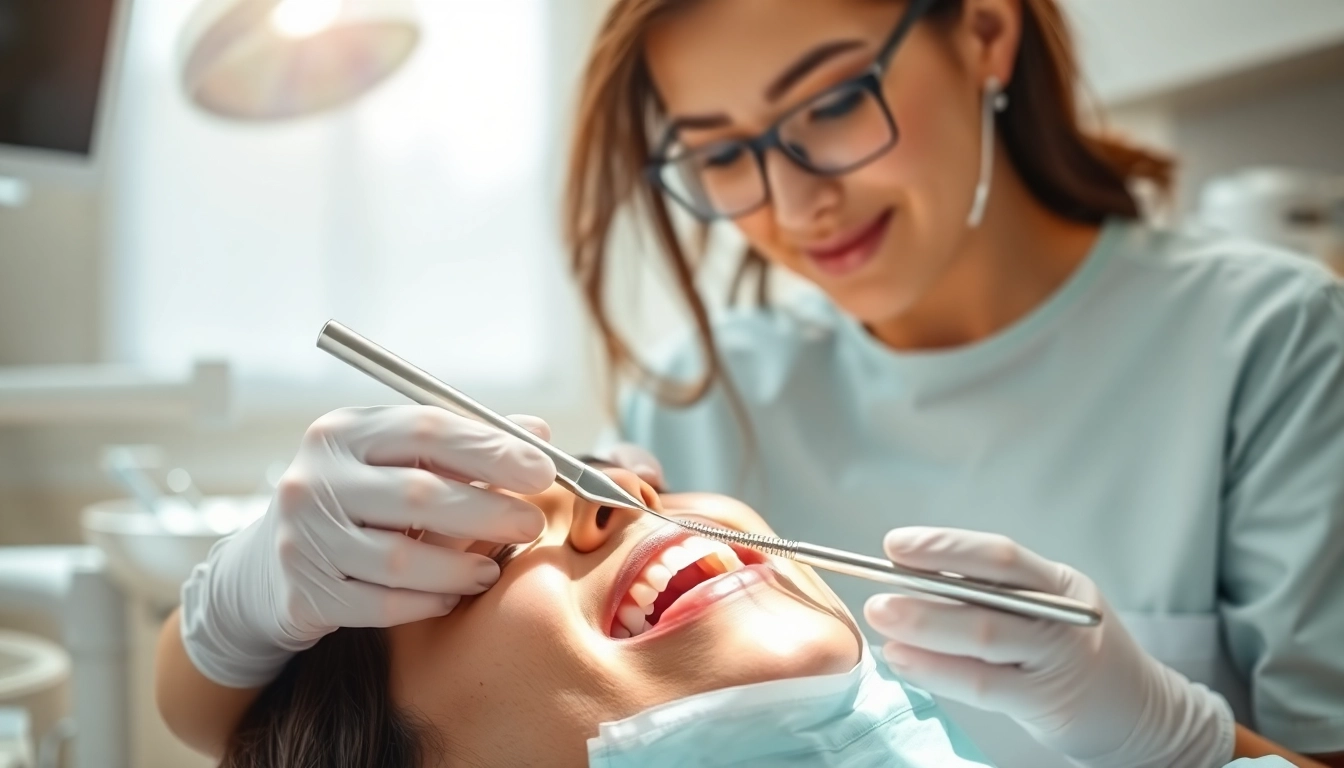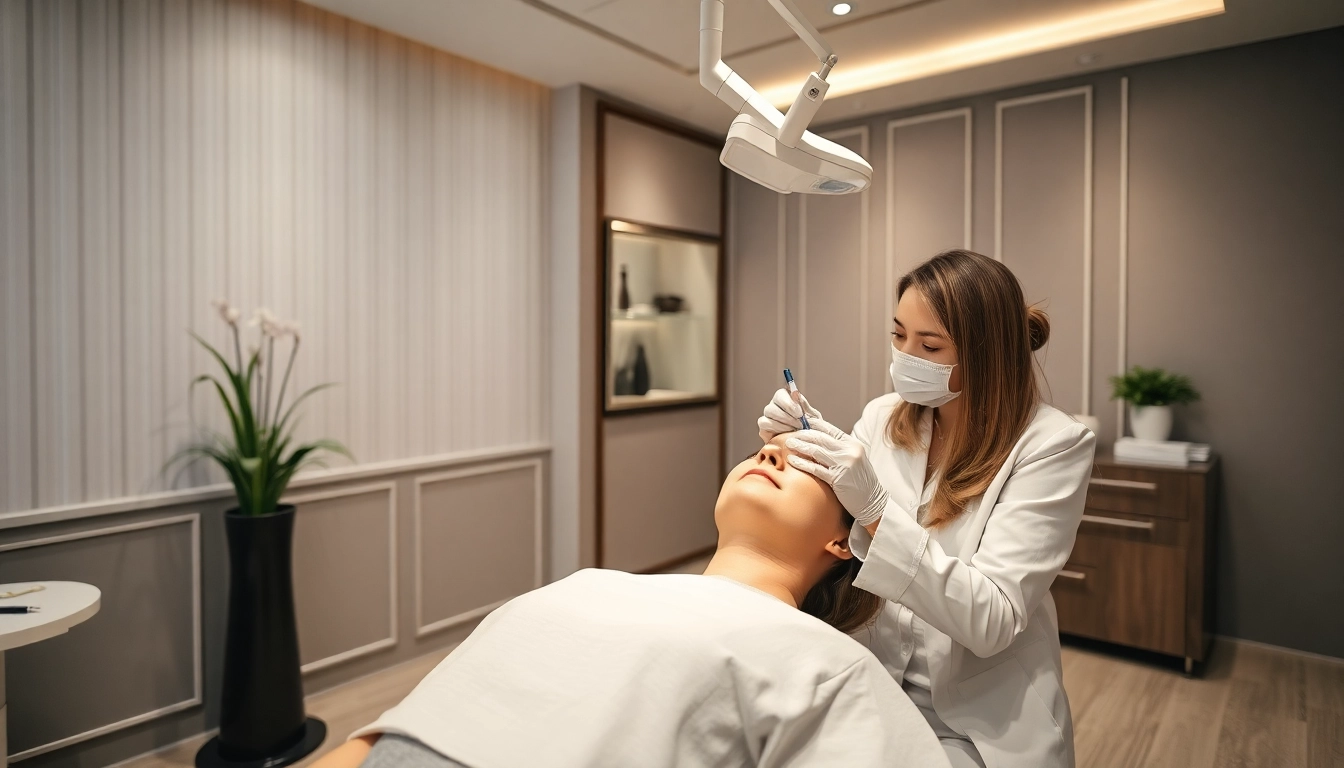What Are Dental Cleanings?
Definition and Purpose of Dental Cleanings
Dental cleanings are professional oral hygiene treatments performed by a licensed dentist or dental hygienist. Their primary purpose is to remove plaque, tartar, and any bacteria buildup from the surfaces of your teeth, which can lead to cavities and other oral health issues. Regular dental cleanings play a vital role in maintaining overall dental health and preventing serious complications such as gum disease or tooth loss.
By seeking dental cleanings, patients allow their dental professionals to ensure that their teeth and gums are in pristine condition, ultimately leading to better oral hygiene practices at home.
Types of Dental Cleanings Explained
Understanding the different types of dental cleanings can help patients make informed decisions about their oral health care. The following are the primary types of dental cleanings:
- Prophylactic Cleaning: Typically referred to as a routine cleaning, prophylactic cleanings are performed on individuals with minimally to no periodontal disease. This cleaning removes plaque and tartar from the teeth above the gum line, and it usually occurs every six months.
- Deep Cleaning: Also known as scaling and root planing, deep cleaning is necessary for patients with gum disease. This cleaning involves meticulous removal of plaque and tartar from deeper gum pockets and the roots of the teeth, which is essential for healing gum infections.
- Periodontal Maintenance: After a deep cleaning, patients may need periodic maintenance cleanings to continue monitoring gum health and prevent any regression of periodontal disease.
Frequency of Dental Cleanings
While the American Dental Association recommends dental cleanings at least once every six months for the general population, some individuals may benefit from more frequent visits. Factors influencing the frequency include individual oral health conditions, history of gum disease, personal habits (such as smoking), and level of plaque buildup. Consulting with a dental professional helps tailor a cleaning schedule to individual needs.
The Importance of Regular Dental Cleanings
Prevention of Oral Diseases
One of the most significant benefits of regular dental cleanings is the prevention of oral diseases. Periodontal disease, which affects the gums and bones supporting the teeth, can remain asymptomatic until severe damage has occurred. Regular cleanings help thwart this condition before it escalates. By effectively eliminating plaque and tartar that cause inflammation, dental cleanings can lower the risk of gingivitis and periodontitis.
The Impact on Overall Health
Many studies link oral health to overall health, demonstrating that poor oral hygiene can lead to systemic health issues such as heart disease, diabetes, and respiratory infections. Inflammation from oral bacteria can enter the bloodstream, affecting other parts of the body. Regular dental cleanings reduce this bacteria burden, contributing positively to systemic health and potentially prolonging life.
Cosmetic Benefits of Dental Cleanings
Beyond health benefits, dental cleanings significantly enhance the aesthetic aspect of a person’s smile. Removing plaque and tartar not only prevents decay but also polishes the teeth, giving them a brighter, cleaner appearance. Moreover, regular cleanings can eliminate stains caused by food, beverages, and tobacco, promoting a more confident smile.
The Dental Cleaning Process Step-by-Step
Initial Examination by the Dentist
The dental cleaning process begins with a thorough examination of your mouth. The dentist or hygienist will check for any signs of gum disease, cavities, or other oral health issues. This examination may include dental X-rays to assess the health of the teeth and bone structure. Identifying potential problems early on can lead to more effective treatment solutions.
Cleaning Techniques Used by Hygienists
After the initial examination, the hygienist will use specialized tools to perform the cleaning. The cleaning process generally involves:
- Scaling: Using a scaler tool, the hygienist removes plaque and tartar from both above and below the gum line.
- Polishing: After scaling, a gritty toothpaste-like substance is used to polish the teeth, making them smoother and shinier.
- Flossing: The hygienist will expertly floss between your teeth, accessing areas that may not be reachable with the toothbrush.
- Fluoride Treatment: A fluoride treatment may be applied at the end of the visit to help strengthen tooth enamel and prevent cavities.
Post-Cleaning Care Instructions
After the cleaning, the dental professional may provide specific post-care instructions, which can include recommendations for oral hygiene practices at home, dietary suggestions, and a schedule for future cleanings. Following these guidelines ensures sustained oral health and minimizes the recurrence of dental issues.
Common Concerns About Dental Cleanings
Do Dental Cleanings Hurt?
A common concern among patients is whether dental cleanings are painful. While some discomfort may occur, especially for individuals with gum disease or sensitive teeth, overall, cleanings are designed to be as comfortable as possible. Dental professionals employ various techniques and tools to minimize pain and discomfort. Patients are encouraged to communicate any concerns or discomfort during the procedure so adjustments can be made.
What to Expect If You Haven’t Had a Cleaning in a While
If it has been a significant time since your last dental cleaning, you may experience gum sensitivity or bleeding. Much of this is due to the buildup of plaque and tartar that has occurred in your absence. The dentist or hygienist will typically take greater care during these sessions, allowing time to acclimate and gauge sensitivity. A routine cleaning may take longer, as the hygienist will need to work through chronic buildup and possibly introduce deeper cleaning techniques.
Addressing Dental Anxiety During Cleanings
Dental anxiety is common, affecting many patients before a cleaning. It can stem from previous negative experiences or simply fear of the unknown. To alleviate anxiety, practitioners often recommend various relaxation techniques, from deep breathing exercises to listening to music during the procedure. Some practices may also offer sedation options for those with severe anxiety.
Finding the Right Dentist for Your Dental Cleanings
Questions to Ask During Your Consultation
Choosing the right dental provider is crucial for ensuring a positive experience with your dental cleanings. During your consultation, consider asking the following questions:
- What is the dentist’s approach to preventive care?
- How does the practice handle dental emergencies?
- What technologies are used during cleanings?
- How do they cater to anxious patients?
Understanding Costs and Insurance for Dental Cleanings
Dental cleaning costs can vary widely depending on location, the type of cleaning required, and insurance coverage. It’s essential to confirm whether dental cleanings are covered by your insurance and if there are any out-of-pocket costs. Most dental offices can provide cost breakdowns and payment plans to assist patients in managing expenses.
Importance of Choosing a Trusted Dental Provider
An experienced and trustworthy dental provider will not only ensure a quality cleaning but will also create a comfortable environment for patients. You can research dentists in your area through online reviews, testimonials, and recommendations from family and friends. Ultimately, a trusted provider will foster a long-term relationship that significantly benefits your oral health.



